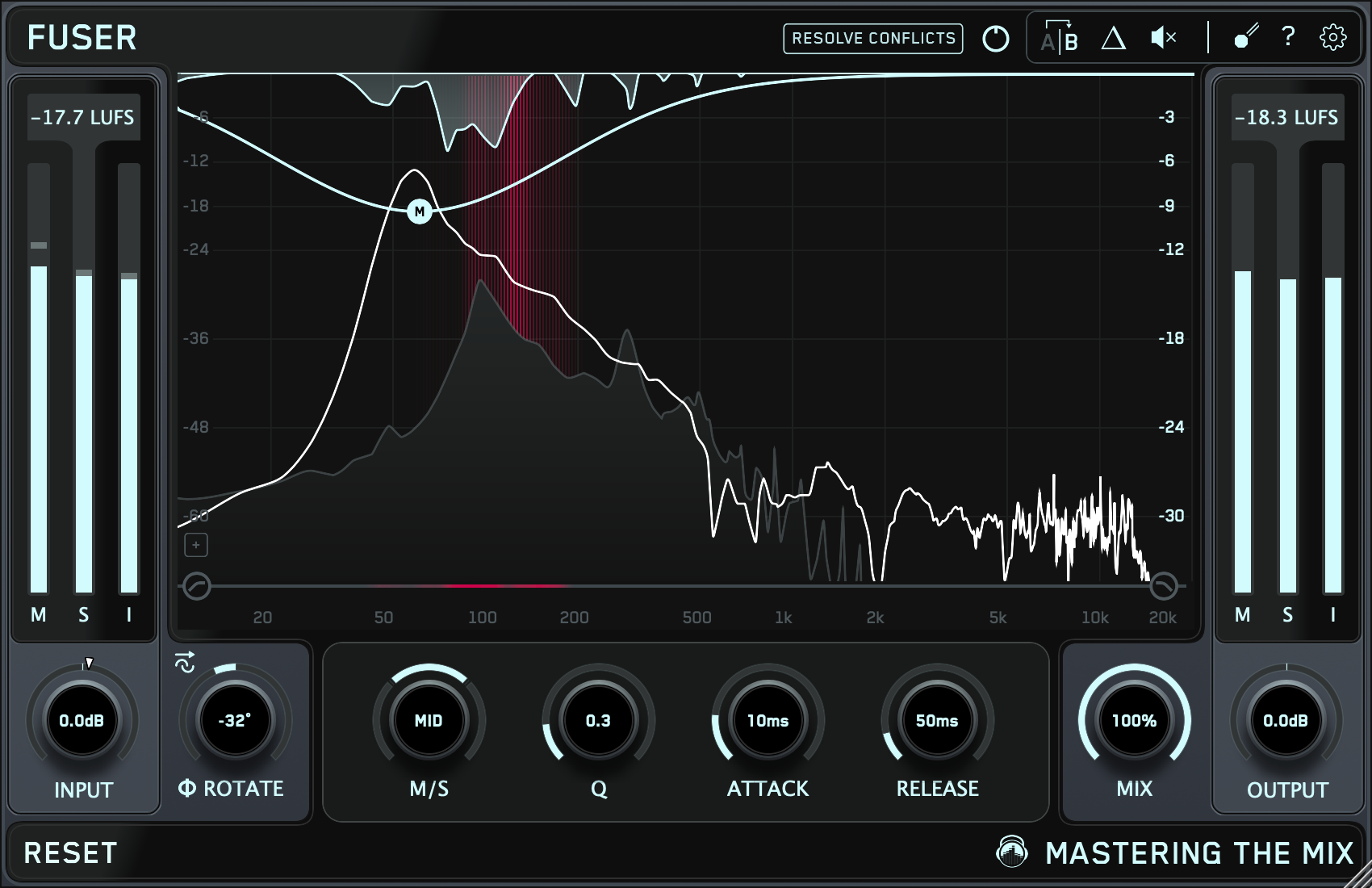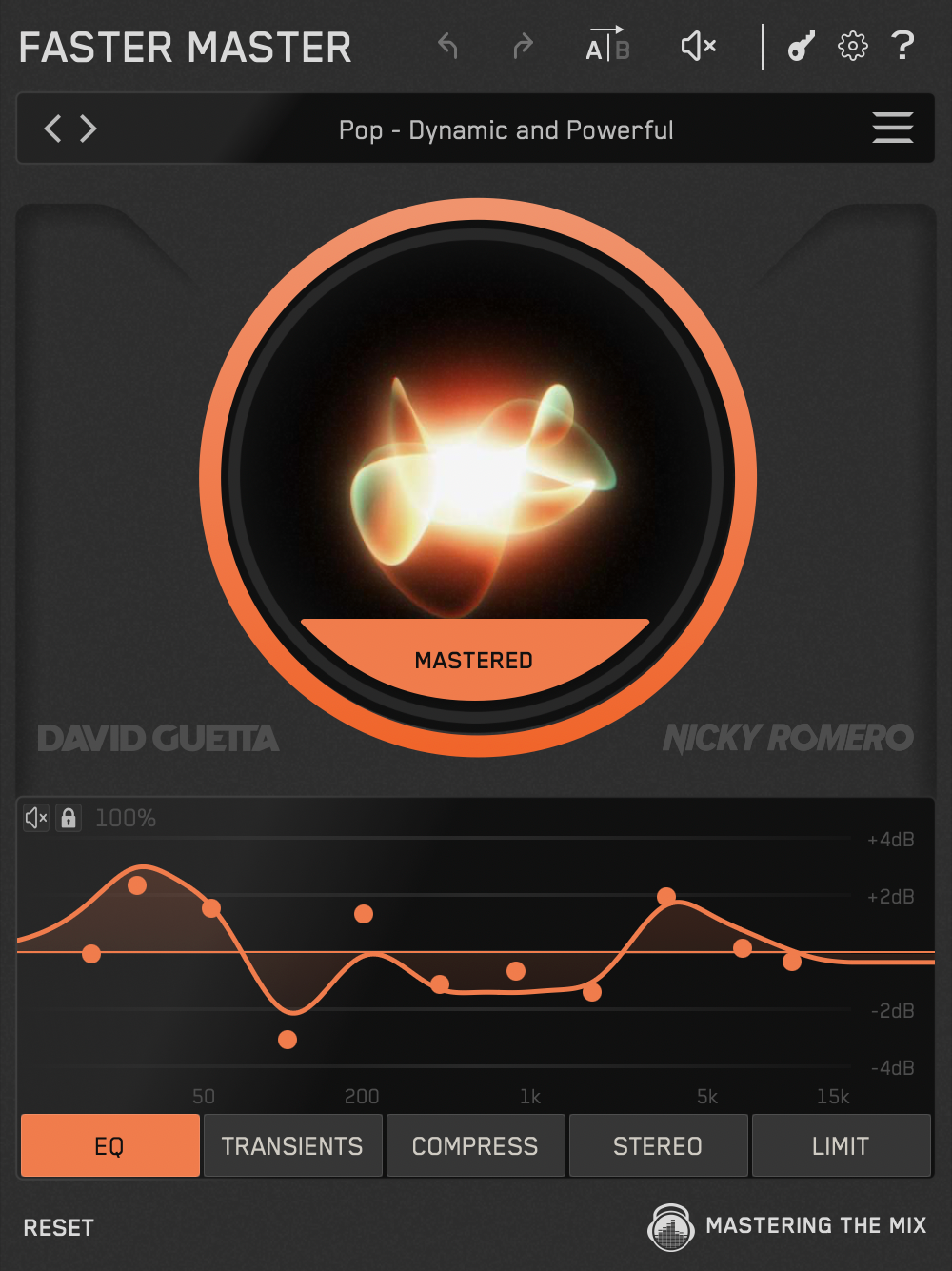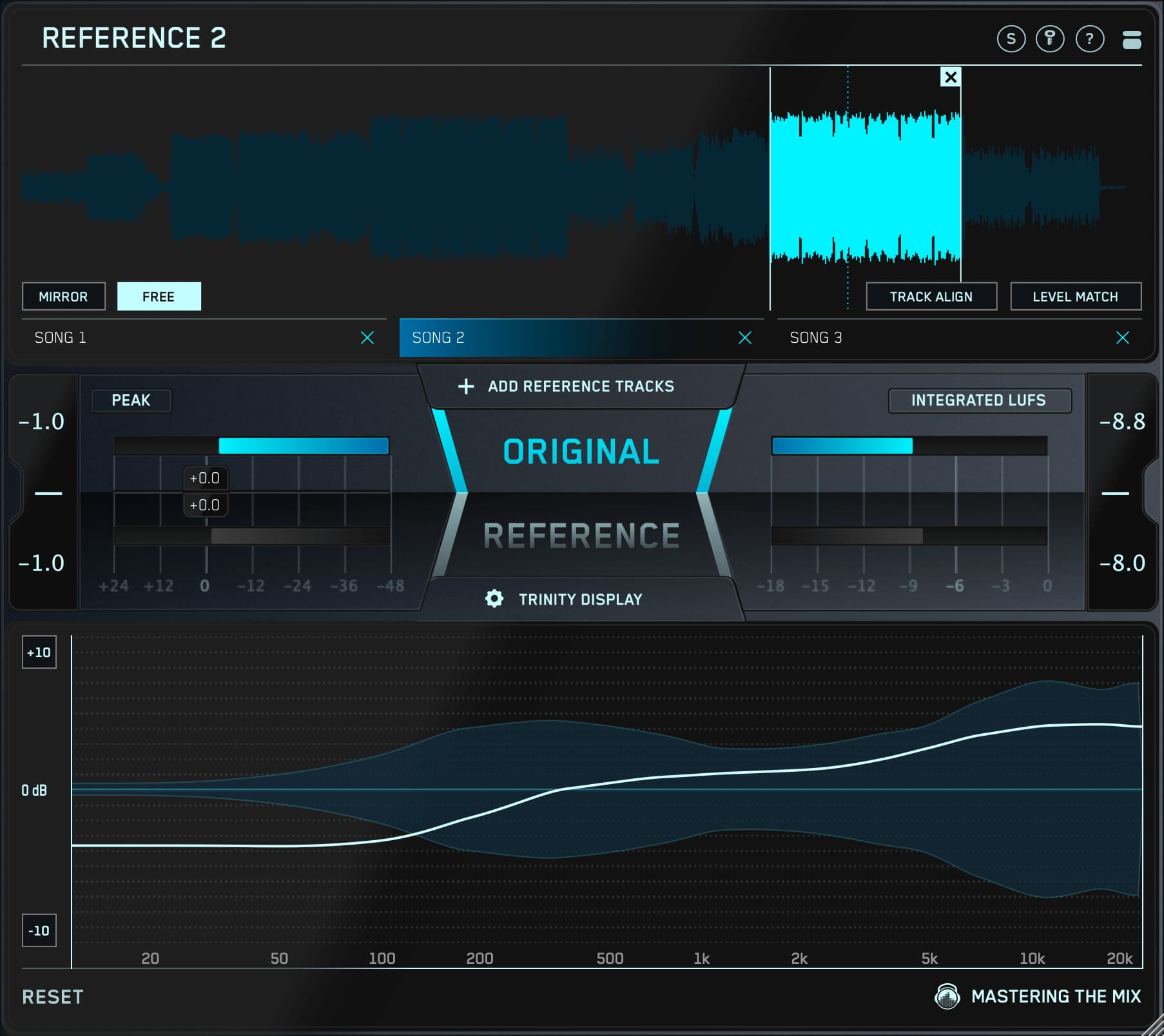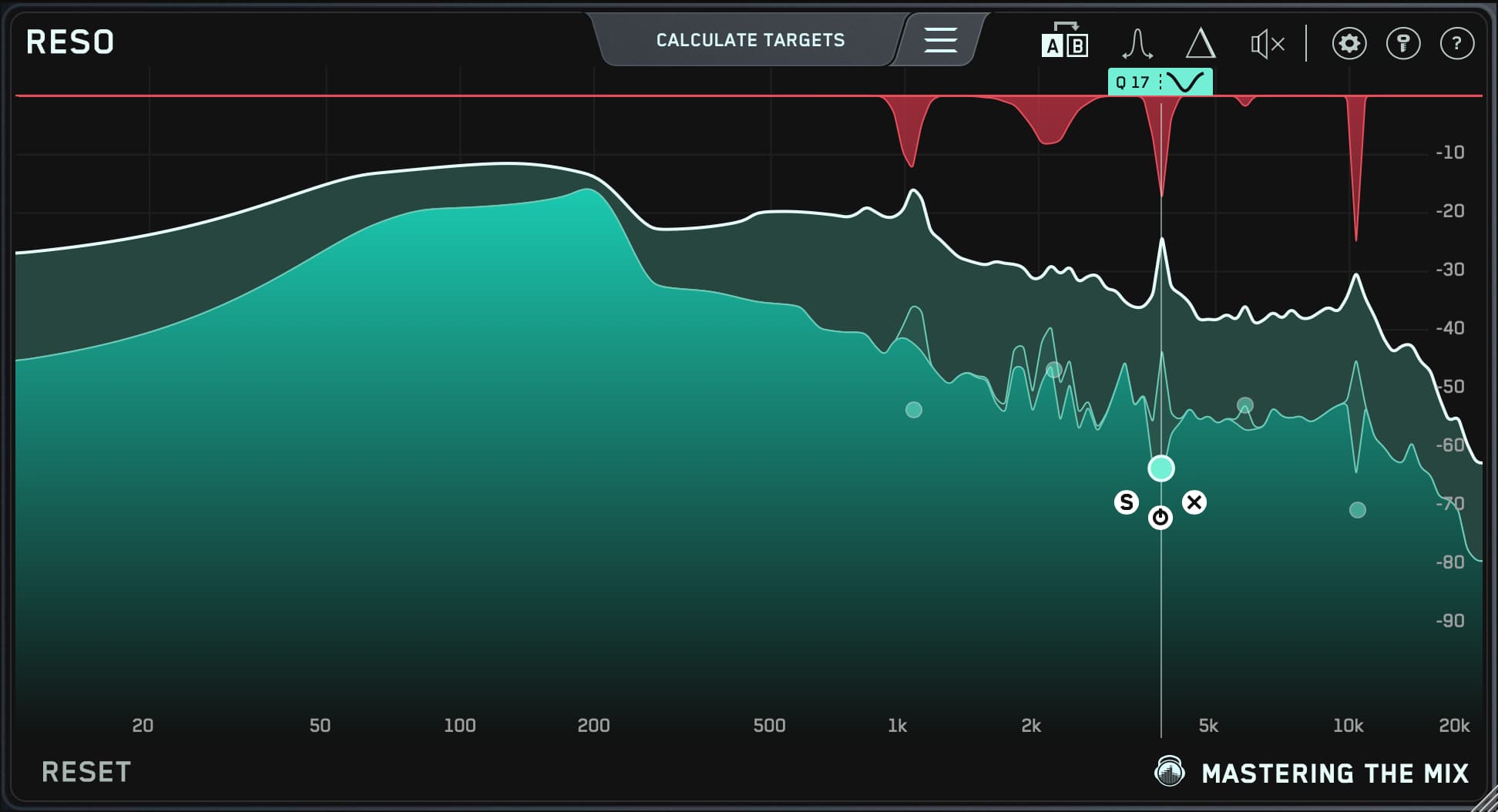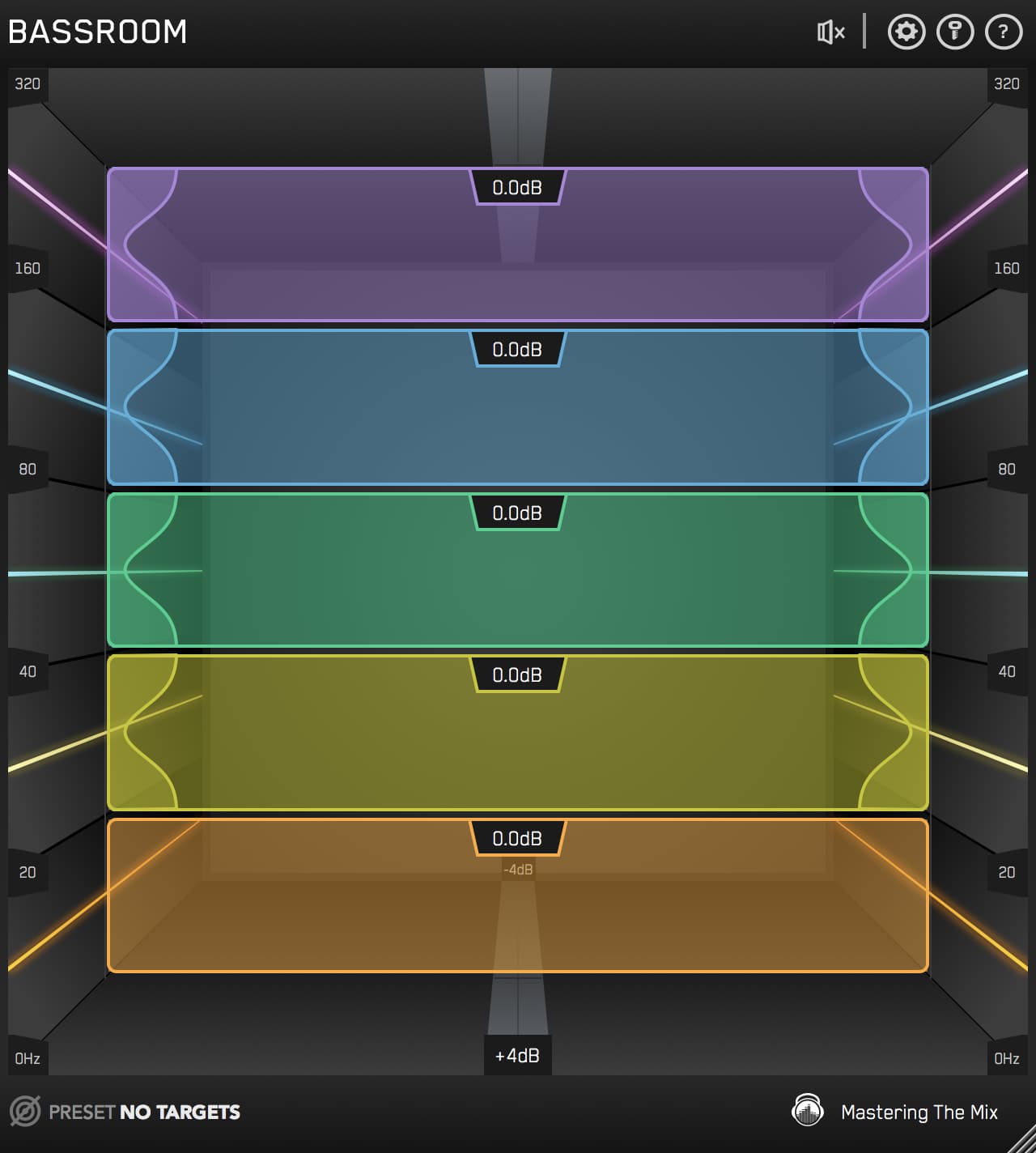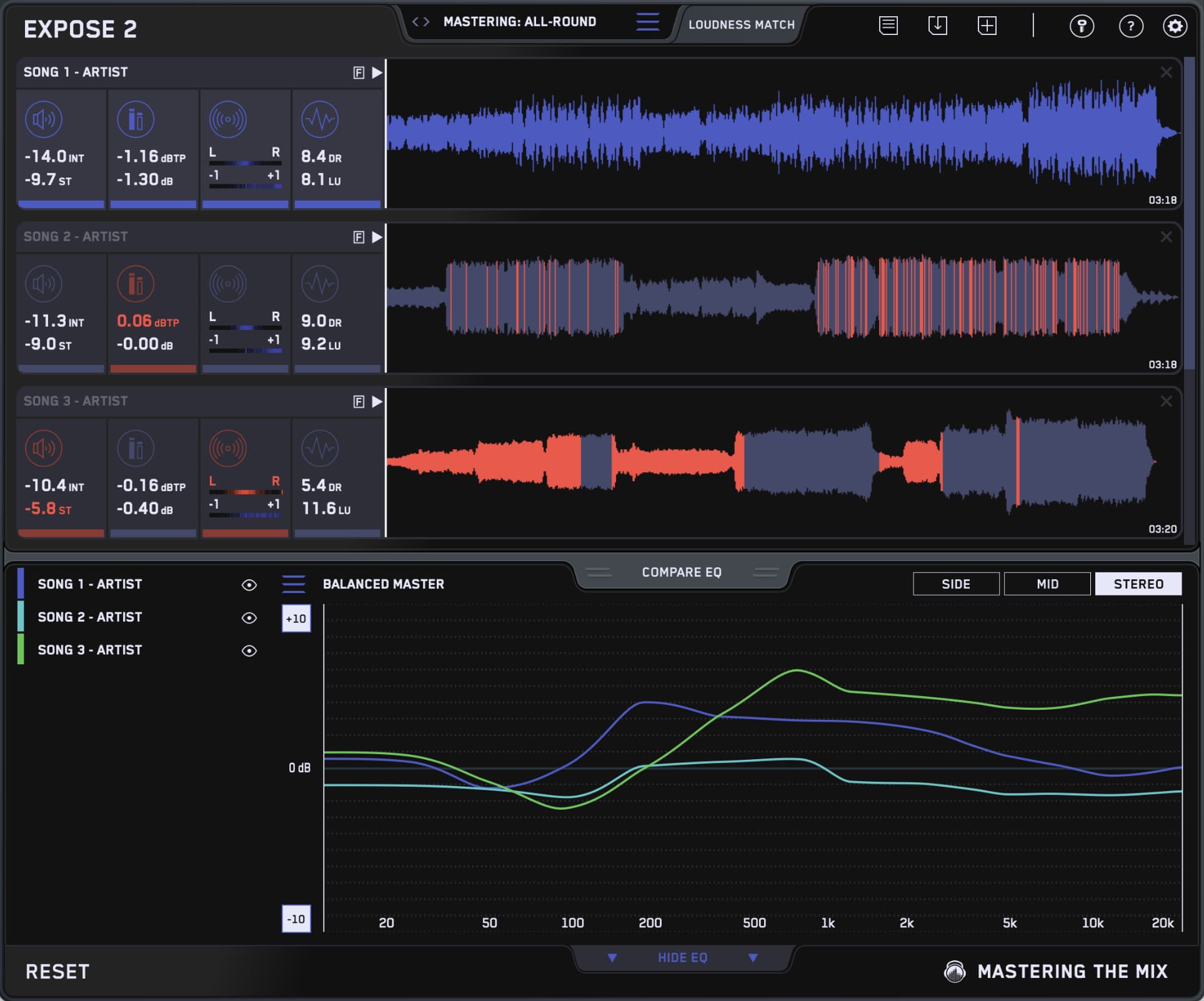Crafting the perfect kick sound is a core part of music production, and layering multiple kicks can add depth, weight, and character to your track. But if you’re not careful, those layers can work against each other instead of coming together as one cohesive sound.
One of the biggest culprits is phase cancellation, a subtle yet powerful force that can rob your kicks of punch and clarity.
In this post, we’ll explore how phase cancellation affects layered kicks and show you a fast, effective way to fix it so your low end hits with full impact.
What's Phase
Phase is like the timing or alignment of the sound waves that make up audio. Sound is made up of waves, sort of like ripples on water. When these waves line up perfectly, they reinforce each other and make the sound louder and stronger. But if they're not lined up well, they can actually cancel each other out, like when two ripples collide and disappear.

Phase Cancellation
When you layer kicks, you're playing multiple sounds at the same time. If the waves of these kicks are not perfectly aligned, they can interfere with each other in a way that makes certain parts of the sound weaker or even disappear.
This is called phase cancellation. It's like taking a bite of your burger and suddenly some of the flavors vanish because the ingredients didn't mix right.

Why It Happens
Phase cancellation can occur when two kick waves meet and their peaks (high points) align with the troughs (low points) of each other. When this happens, they cancel each other out, just like two opposing ripples in water that meet and flatten each other.

Impact on Layering Kicks
When you layer kicks, you're trying to create a powerful, deep, and rich sound. But if you're not careful, the kicks' waves might collide in a way that weakens the overall impact of your sound. Instead of a beefy burger, you might end up with a limp one.

Solving Phase Cancellation
Automatic phase optimization is a powerful tool within FUSER by Mastering The Mix that serves as a game-changer in resolving phase cancellation challenges. When working with layered kicks or any complex mix, this feature offers a streamlined way to ensure that the phase relationships between different audio elements are optimized for maximum impact and clarity.
Here's how to effectively use the automatic phase optimization feature:
Plugin Integration: Start by adding FUSER to your audio track that contains one of the layered kicks you want to optimize.

Activate Automatic Phase Optimization: Within FUSER, click the automatic phase optimization button.

Real-Time Analysis: Once activated, FUSER will perform real-time analysis on the audio signal, specifically focusing on phase relationships. It will identify problematic frequencies and analyze how they interact with each other. This should all take about 2-5 seconds.
Filters With Visual Feedback: You can use the phase filters to focus the phase adjustments to only process a specific range. The filter visual shows the most significant areas with phase conflicts as a red glow to help you set the range more efficiently.

Adjustment and Monitoring: As FUSER performs its analysis, it will automatically jump to the optimized phase rotation. Keep monitoring the audio to gauge how these adjustments impact the mix. You can also have the option to make manual tweaks if needed.
A/B Testing: As FUSER optimizes the phase relationship, toggle the bypass on and off to hear the difference it's making. A/B testing allows you to directly compare the improved sound quality.
Iterative Process: Don't hesitate to repeat the process across other kick layers if you're dealing with complex audio arrangements. Each adjustment could lead to further improvements in sound quality.
Once you're satisfied with the results, save your project with the optimized phase relationships. You can now confidently move forward, knowing that your layered kicks are working harmoniously without the risk of phase cancellation.
In essence, the automatic phase optimization feature in FUSER simplifies the process of addressing phase cancellation issues. By relying on real-time analysis and intelligent adjustments, it empowers music producers to achieve clearer and more impactful layered kick sounds while avoiding the pitfalls of phase interference.
Play the video below to hear an audio example of how this sounds
Preventative Measures
When it comes to layering kicks and avoiding the potential pitfall of phase cancellation, taking proactive measures can be your best defense. A key strategy lies in selecting kicks that naturally complement each other. Pay close attention to the frequency content and characteristics of each kick.
Opt for kicks that occupy different frequency ranges to minimize the chance of interference. Furthermore, consider adjusting the pitch of one or more kicks to ensure better alignment of their waveforms. This can significantly reduce the likelihood of phase cancellation, allowing the kicks to work together harmoniously.
Moreover, keep in mind that the attack and release characteristics of your kicks play a role in phase interactions. Experiment with altering these attributes to find a balance that maintains the kicks' individuality while also helping them gel together effectively.
The goal is to prevent any clashing peaks and troughs that might lead to phase issues. By incorporating these preventative measures into your kick layering process, you're not just avoiding phase cancellation – you're also setting the foundation for a well-balanced and impactful mix.

Importance of Monitoring
Monitoring plays a crucial role in catching phase cancellation when layering kicks. Whether you’re using studio monitors or headphones, an accurate playback system helps you hear subtle phase issues that can weaken your sound.
Switching between stereo and mono is especially useful, as phase problems often become more obvious in mono. This simple habit can help you make smarter mix decisions.
Just as important as your gear is your ability to listen critically. Train your ears to spot when kicks are clashing or losing impact. Solid monitoring and sharp listening are key to creating a punchy, professional mix that holds up on any system.

Conclusion
Layering kicks can give your track serious weight, but only if the elements work together, not against each other. Phase cancellation is the silent saboteur of punch and power, but with the right tools and a sharp ear, it’s totally avoidable.
Use FUSER to automatically align your kicks with precision, choose complementary layers, and trust your monitoring to guide your decisions. When everything clicks, your kicks won’t just sound good, they’ll hit.


